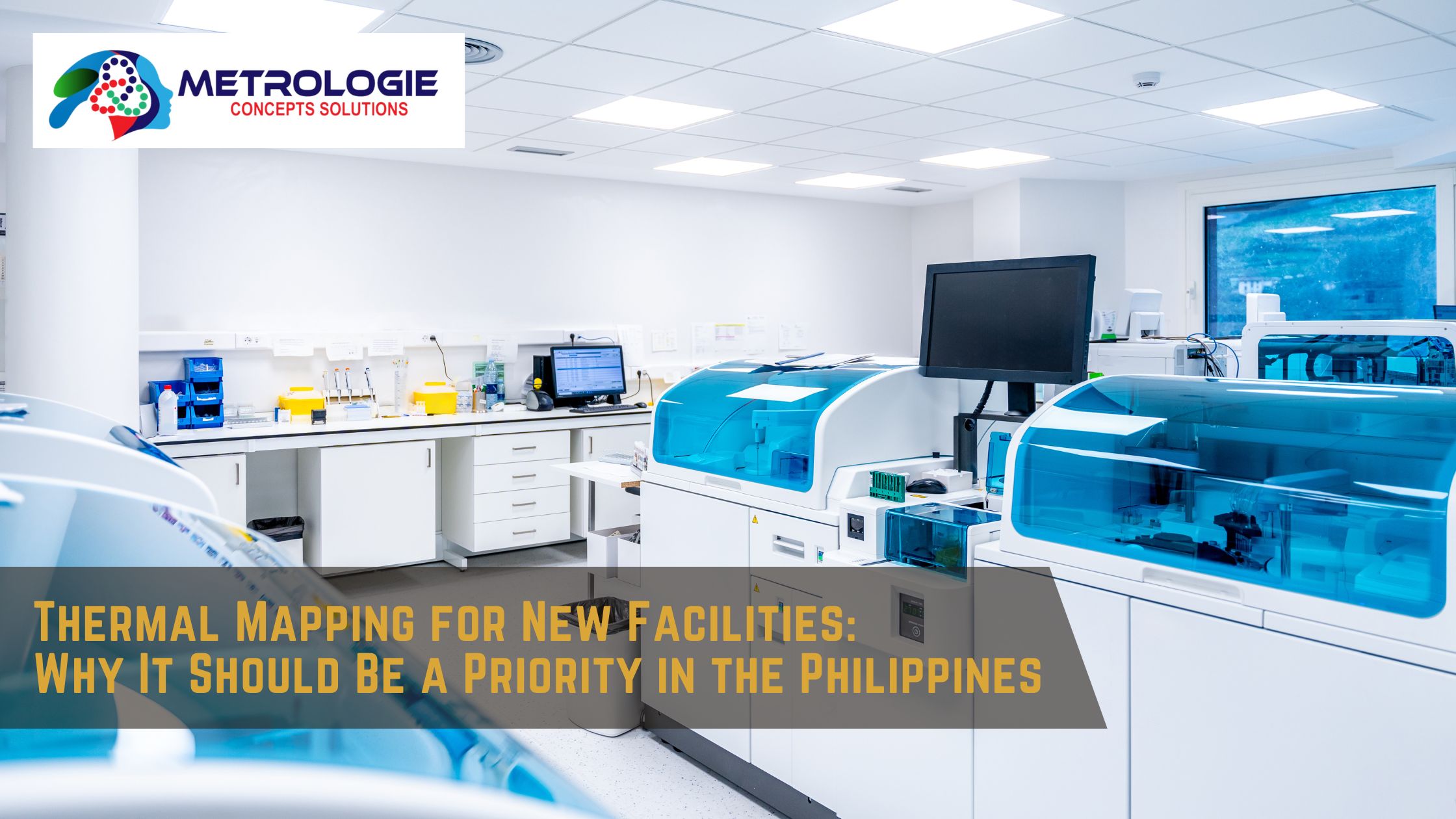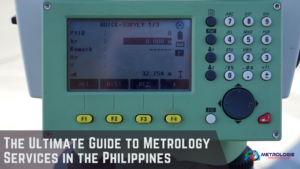In the rapidly developing landscape of the Philippines, the construction of new facilities is a testament to the nation’s growth and progress. However, building a structure is only the first step. Ensuring its long-term efficiency, safety, and sustainability requires meticulous planning and execution, particularly when it comes to thermal performance. This is where thermal mapping, or thermography, becomes an indispensable tool. Integrating thermal mapping into the construction process of new facilities, from commercial buildings and industrial plants to hospitals and data centers, should be a priority in the Philippines. This proactive approach can prevent costly issues, optimize energy usage, and guarantee safety, ultimately contributing to the success and longevity of these vital structures.
The Strategic Importance of Early Thermal Mapping:
Unlike reactive thermal mapping, which addresses problems after they arise, integrating this technology during the construction phase offers a proactive and preventative approach. It allows for the identification of potential thermal anomalies and defects before they become significant issues, saving time, money, and resources.
Key Benefits of Thermal Mapping for New Facilities:
- Early Detection of Construction Defects:
- Thermal mapping can identify insulation gaps, air leaks, and other construction flaws that can lead to energy loss, moisture intrusion, and structural damage.
- Detecting these issues early allows for timely corrective measures, preventing costly rework and repairs later on.
- In the Philippines’ tropical climate, moisture intrusion can lead to mold growth and deterioration, making early detection crucial.
- Optimized Energy Efficiency:
- Thermal mapping can assess the thermal performance of building envelopes, HVAC systems, and other energy-consuming components.
- This allows for the identification of areas where energy efficiency can be improved, leading to reduced operating costs and a smaller environmental footprint.
- In a country where energy costs are a significant concern, optimizing energy efficiency is essential for long-term sustainability.
- Enhanced Safety and Risk Mitigation:
- Thermal mapping can detect electrical hot spots, overheating equipment, and other potential safety hazards.
- Identifying these issues early allows for preventative maintenance and corrective measures, reducing the risk of accidents and fires.
- In industrial settings, early detection of equipment overheating can prevent costly breakdowns and production disruptions.
- Quality Assurance and Compliance:
- Thermal mapping provides documented evidence of the thermal performance of a facility, demonstrating compliance with building codes and industry standards.
- This can be particularly important for facilities that require specific thermal performance certifications, such as LEED or BERDE.
- In the Philippines, adhering to building codes and regulations is crucial for ensuring the safety and longevity of structures.
- Reduced Life Cycle Costs:
- By identifying and addressing thermal issues early, thermal mapping can reduce the overall life cycle costs of a facility.
- This includes savings on energy consumption, maintenance, and repairs.
- In the long term, investing in thermal mapping during construction can lead to significant cost savings.
- Improved Building Comfort and Occupant Well-being:
- Thermal mapping can ensure that HVAC systems are operating efficiently and that building envelopes are properly insulated, creating a comfortable indoor environment.
- This can lead to improved occupant productivity and well-being.
- In the Philippines’ hot and humid climate, maintaining a comfortable indoor environment is essential.
Applications of Thermal Mapping in New Facility Construction:
- Building Envelope Inspections: Inspecting walls, roofs, windows, and doors for insulation gaps, air leaks, and moisture intrusion.
- HVAC System Inspections: Assessing the performance of air conditioning, ventilation, and heating systems.
- Electrical System Inspections: Detecting hot spots, overloaded circuits, and other electrical hazards.
- Plumbing System Inspections: Identifying leaks and other plumbing issues.
- Roofing Inspections: Detecting leaks, moisture intrusion, and insulation deficiencies in roofs.
- Industrial Equipment Inspections: Assessing the thermal performance of machinery, furnaces, and other industrial equipment.
- Data Center Inspections: Ensuring proper cooling and thermal management of data center equipment.
Best Practices for Implementing Thermal Mapping in New Facilities:
- Integrate Thermal Mapping into the Design and Construction Process: Incorporate thermal mapping into the project specifications and schedule.
- Employ Certified Thermographers: Ensure that thermal mapping is performed by certified professionals who have the expertise to interpret thermal images and identify potential problems.
- Use High-Quality Equipment: Invest in high-quality thermal imaging cameras that provide accurate and reliable data.
- Conduct Inspections at Key Construction Stages: Perform thermal mapping inspections at critical stages of construction, such as after insulation installation and before drywall installation.
- Develop Detailed Inspection Reports: Create comprehensive inspection reports that document findings, recommendations, and corrective actions.
- Integrate Thermal Mapping with Building Information Modeling (BIM): Use BIM to integrate thermal mapping data with other building information, creating a comprehensive digital representation of the facility.
- Provide Training to Construction Teams: Train construction teams on the basics of thermal mapping and how to address potential thermal issues.
Challenges and Considerations:
- Initial Investment: Thermal imaging equipment and services can be an initial investment, but the long-term benefits outweigh the costs.
- Training and Expertise: Proper training is essential to ensure accurate data interpretation and effective implementation.
- Environmental Factors: Environmental conditions, such as temperature and humidity, can affect thermal imaging results.
- Coordination with Construction Teams: Effective coordination with construction teams is crucial for timely corrective actions.
The Future of Thermal Mapping in Philippine Construction:
As the Philippine construction industry continues to evolve, thermal mapping will play an increasingly important role in ensuring the quality, efficiency, and safety of new facilities. Advancements in technology, such as AI-powered thermal imaging and drone-based inspections, will further enhance the capabilities of this valuable tool.
Key Takeaways:
- Thermal mapping should be a priority in the construction of new facilities in the Philippines.
- It provides numerous benefits, including early defect detection, optimized energy efficiency, and enhanced safety.
- Proper implementation and training are essential for maximizing the benefits of thermal mapping.
- The technology will continue to evolve and play a crucial role in the future of Philippine construction.
By prioritizing thermal mapping in new facility construction, Philippine businesses can ensure that their investments are built to last, providing a foundation for sustainable growth and development.




